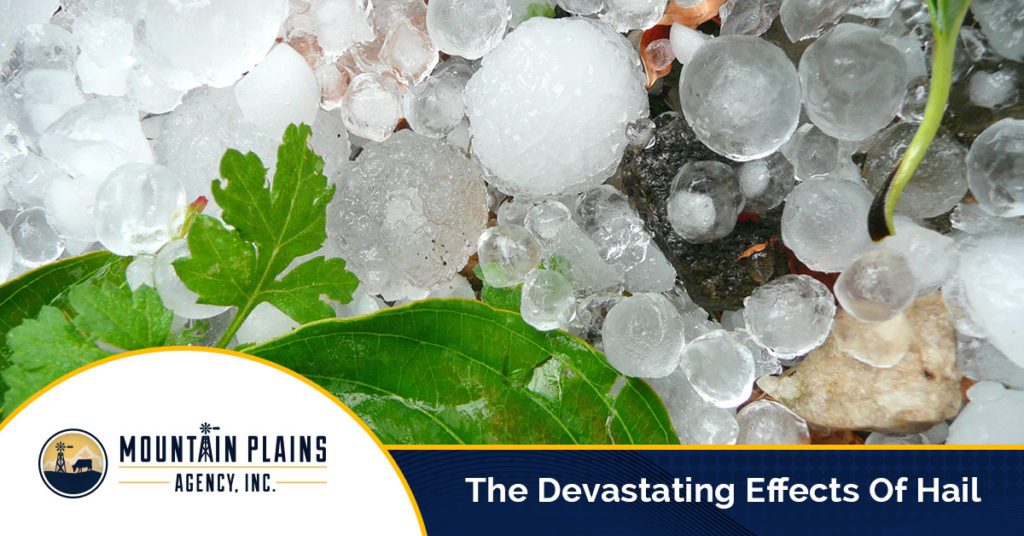There is no question about it — Northern Colorado has suffered a devastating summer in terms of weather catastrophes. In fact, the entire state of Colorado has seen record-breaking losses to homes and vehicles due to large hail and even several tornadoes. Auto body shops and insurance companies in Colorado have been inundated with countless hail claims from several storms this summer and will be facing the damages well into 2019.
At Mountain Plains Agency, we proudly offer the best auto insurance coverage throughout Northern Colorado. Our insurance agency also provided homeowners, business, commercial, life, and farm, and ranch insurance. The team at Mountain Plains Agency has the knowledge, experience, and passion to help Northern Colorado residents live life with the peace of mind that their assets are safely protected. If you’re shopping for the best insurance coverage in Northern Colorado including Fort Collins, Greeley, Loveland, Boulder, Longmont, and Cheyenne, Wyoming, contact Mountain Plains Agency for a quote today!
The Damaging Effects of Hail in Northern Colorado
As summertime in Colorado is quickly coming to an end, it’s safe to say that the vast majority of our state will be relieved to not see another hail stone fall from the sky until next season. Summer of 2018 will go down in history books for producing record-breaking costs in damages. If you were fortunate enough for the hail to miss your property, you might be wondering what the fuss is all about. Despite the inconvenience of hail, it is incredibly damaging to our belongings, wallets, and our local businesses.
Here are some interesting facts about hail and the reason why Coloradoans dread hail season:
The Bigger The Storm, The Bigger The Hail
Hail is typically pea-sized to marble-sized, but big thunderstorms can produce big hail stones. The storms from this summer produced hail the size of baseballs throughout different parts of the state.
You Need To Take Cover
It’s a general rule to take cover during a thunderstorm because you never know when and where lightning will strike. But many people don’t realize that any storm that produces severe thunder and lightning has the potential to produce hail — and you don’t want to be caught outside when hail hits. It’s been reported that hail over a quarter in diameter can be fatal when wind speeds are excessive.
Follow The Forecast
If you’re new to Colorado, you’ll soon learn to follow the forecast throughout the day, rather than checking it once in the morning. The reason being is because the weather can change drastically with short notice. Stay prepared if you are in an area where severe weather is predicted.
Expensive Damage
From 2013-2015, Colorado had the second highest number of hail claims in the US, second to Texas. The costliest hail storm hit the Denver metro area just last year, sustaining $2.3 billion in insurance damage. Final numbers are still being reported for this summer’s hail storms.
We understand what Colorado residents need to protect themselves in a time of need. For over 13 years Mountain Plains Agency has been providing farm insurance, as well as auto, business, home, and life insurance policies to Northern Colorado residents.
Contact our insurance agency today to learn more about our products!





